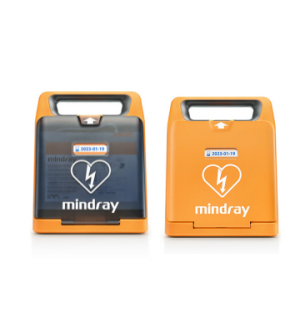AED Delivering Hope of Life in Sudden Cardiac Arrests
By Amit Kumar 2023-08-03
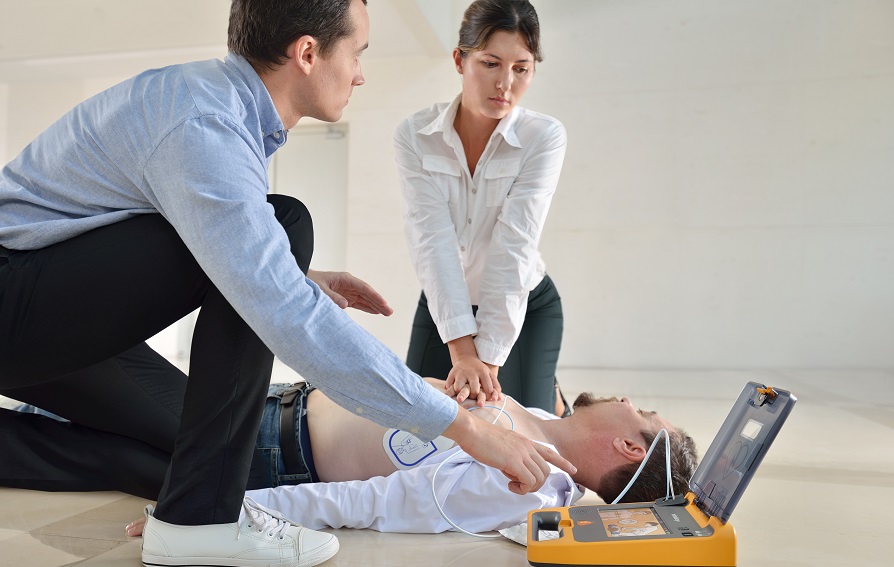
What is Sudden cardiac Arrest and why does it happen?
Sudden cardiac arrest (SCA) is an abrupt and unexpected loss of heart function. It occurs when the heart suddenly stops beating effectively, preventing blood from flowing to the brain and other vital organs. It is different from a heart attack, where blood flow to the heart
muscle is blocked.
SCA usually happens due to an electrical malfunction in the heart's natural rhythm, known as arrhythmia. The most common arrhythmia that leads to SCA is ventricular fibrillation, where the heart's electrical signals become chaotic, causing the heart's lower chambers (ventricles) to quiver instead of pumping blood. As a result, the heart cannot pump blood effectively, and the person
loses consciousness within seconds.
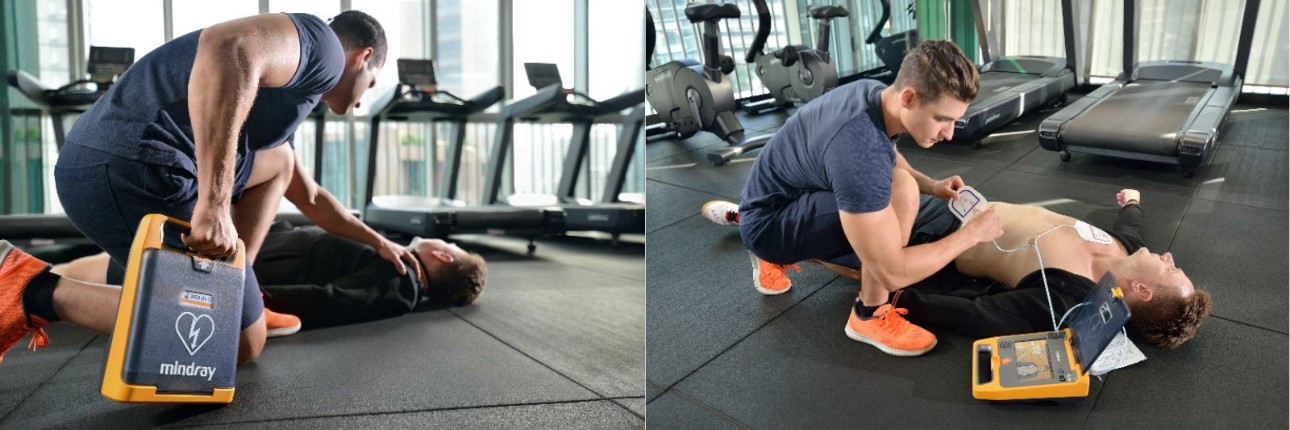
Several factors can increase the risk of sudden cardiac arrest, including coronary artery disease (CAD), Heart Conditions, Previous Heart Attacks, Electrolyte Imbalances, Family History, Drug Abuse, Certain Medications, High Blood Pressure, Diabetes, and
Lifestyle Factors.
Automated external defibrillators in SCA:
Prompt action is crucial in the event of sudden cardiac arrest. Immediate cardiopulmonary resuscitation (CPR) and the use of an automated external defibrillator (AED) can greatly increase the chances of survival by restoring normal heart rhythm. AEDs are portable devices that are designed to deliver electric shocks to the heart, helping to restore its normal rhythm this has revolutionized the way we respond to SCAs, which are a leading cause of death worldwide, and immediate intervention is crucial for survival. Their ease of use makes them accessible to both trained medical professionals and even bystanders with minimal training.
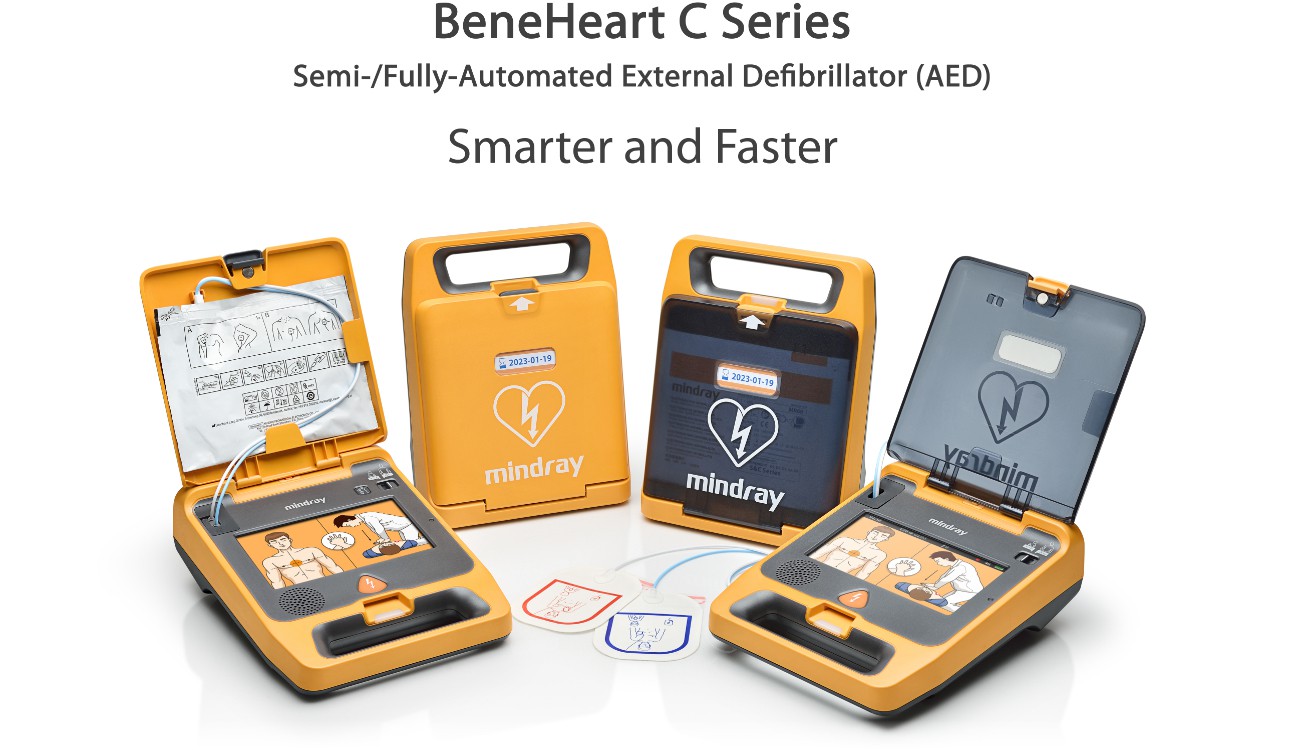
AEDs are designed to be user-friendly, with clear voice and visual prompts that guide the user through the defibrillation process. When turned on, the AED provides step-by-step instructions on where to place the electrode pads on the victim's
chest. If a shock is required, it is delivered with a controlled electrical current, aiming to restore a regular heartbeat.
Over the years, AEDs have become increasingly accessible to the public. They are now found in a variety of locations, including schools, airports, shopping malls, sports arenas, and workplaces. Many organizations, communities & Govt. have recognized the importance of having AEDs readily available, and they have implemented programs to ensure widespread distribution and training. Some AEDs are even equipped with remote monitoring capabilities, allowing emergency medical services to be alerted when an AED is being used. This integration with emergency response systems further enhances the effectiveness of AEDs in saving lives.
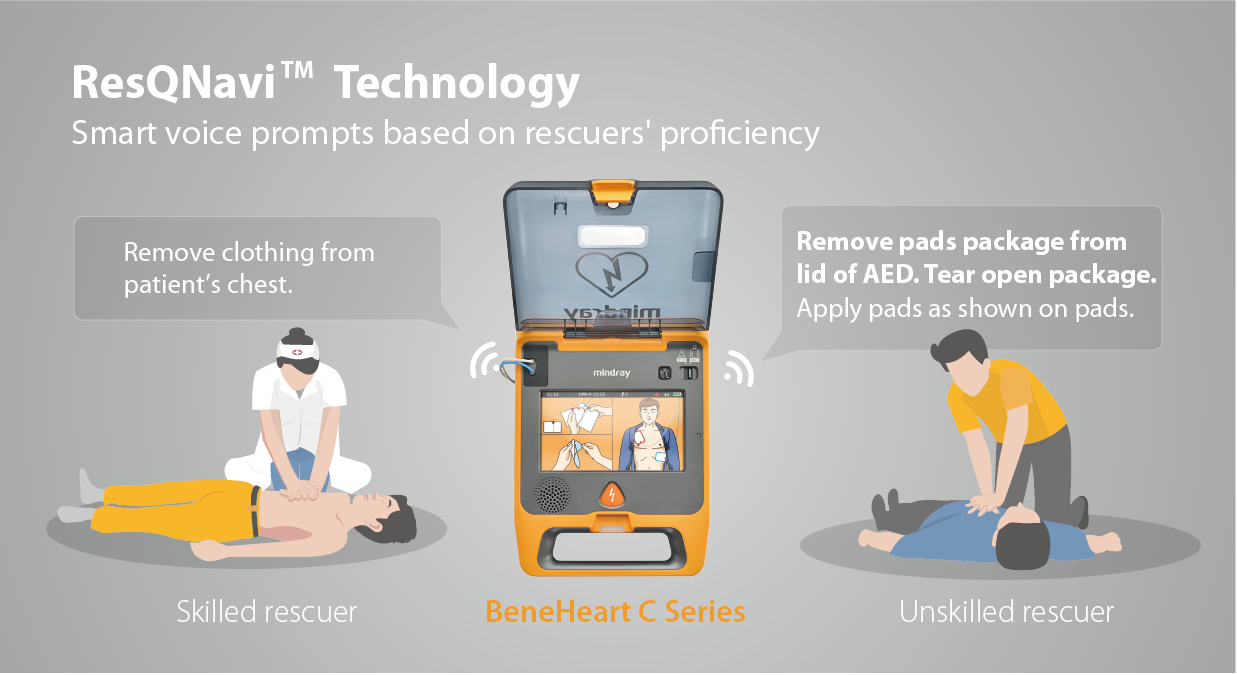
AEDs have emerged as a vital tool in the fight against SCAs and this has substantially expanded the AED market. Their ease of use, combined with widespread availability, makes them indispensable in increasing survival rates. By providing rapid defibrillation, AEDs offer a lifeline to those experiencing cardiac emergencies, giving them a fighting chance for a positive outcome. With continued efforts to expand access and raise awareness, AEDs will continue to play a crucial role in saving lives.
About Author
Amit Kumar
Dy. Product Manager
Emergency Care Marketing-PMLS


